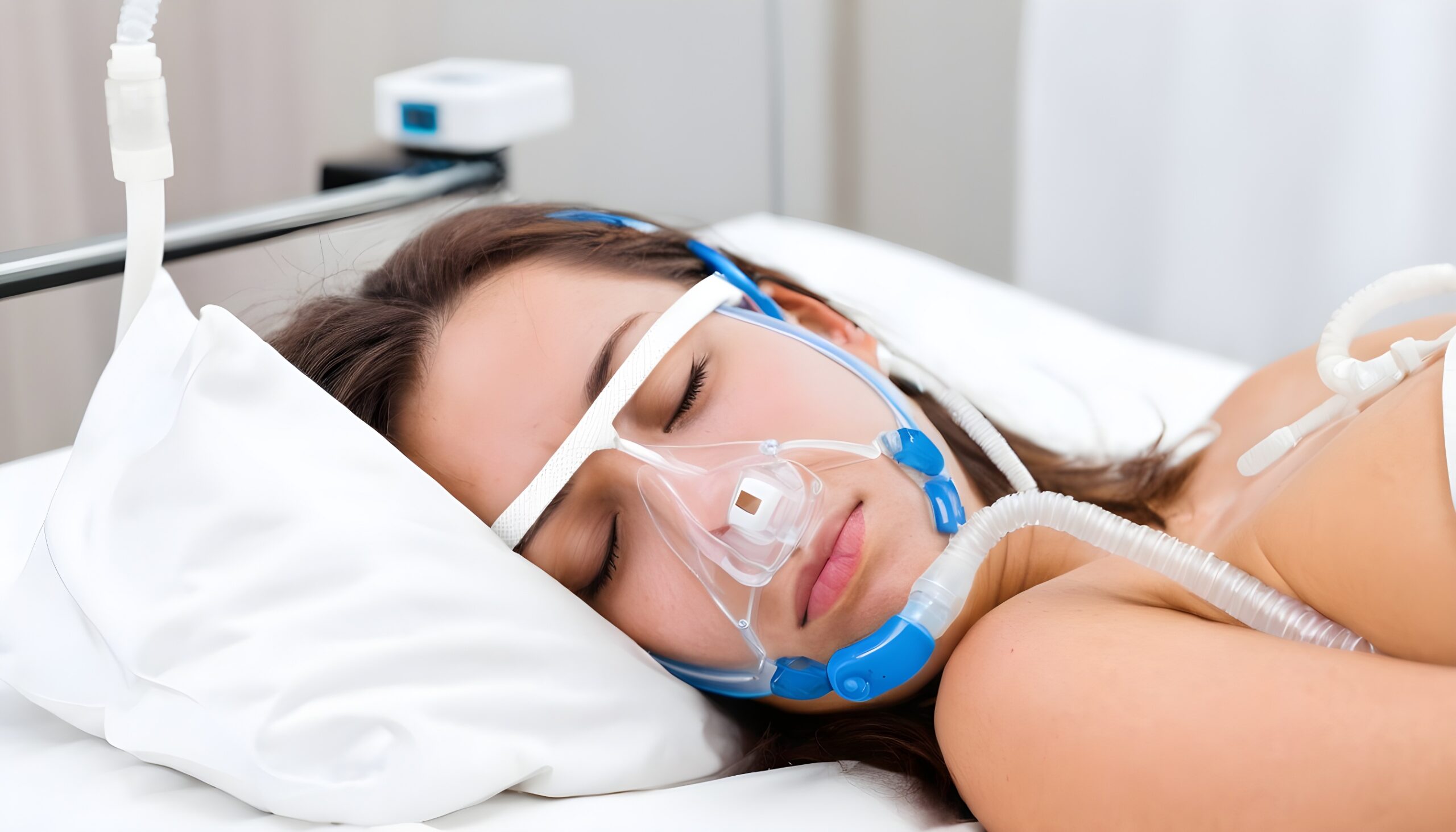Today CPAP/PEEP is effective in Dyspnea, ARDS and most popular. In all these respiratory syndromes the main cause is said to be hypoxia. My research points to co-existence of hypocapnia too. My research points to more serious nature of hypocapnia than hypoxia.
Main reasons for these syndromes (these respiratory distresses) are slipping of oxygen dissociation operating point from saturation to liner region. Once O2 operating point comes to linear region there will be mismatch between CO2 exhaled and produced by the tissues which in turn imbalances the PaCO2 level. (Today all mechanical ventilators do address the issue of putting back O2 in saturation area but none of them addresses the hypocapnia directly). Today all mechanical ventilators are designed to enrich oxygen feed but none of them directly set right the acid-base balance. Hence always complications arise with use of ventilators.
My research points that hypoxia and hypocapnia both gets induced because of improper ventilation such as shallow breathing, high rate of breathing. The symptom gets worsened gradually due to self-amplifying phenomenon.
According to my research, Hypocapnia is more serious than Hypoxia (although it was so far understood other way), and hence first hypocapnia is to be improved for fast recovery.
Today CPAP/PEEP is one of the most used methodologies to address ARDS or mechanical ventilation.
Today’s theory of CPAP:
Today’s theory of CPAP in textbook (or known in the art) is totally wrong. It talks about reduced work done by alveoli and hence improves oxygenation, which is certainly not the reason for such an increase in oxygenation of blood and survival. The reason told can’t be proved with physics.
My theory of CPAP:
My theory about CPAP is, due to increase in opposing Airway Pressure, CO2 collected by the alveoli is not fully exhaled by the breath and some CO2 stays in the alveolus (as a mixture) which is proportional to the CPAP pressure. Putting in the other way as the residual airway pressure is increased, all the components of the air mixture (pressure) and CO2 (pressure) increases. Increase in stray CO2 at alveoli increases PaCO2 tension in blood (simple physics) to the level of mixture present in the alveoli to have chemical equilibrium. Also, increase in CO2, vasodilates pulmonary artery from vasoconstriction. Due to vasodilation more blood as high as 10% – 40% flows in to alveoli (depending on the CO2 tension) resulting in more oxygenation of the blood. It is self-amplifying. Also increase in PaCO2 improves the (systemic) oxygen release to tissues due to Bohr’s effect. This phenomenon is (can be) verified at high altitude (as Dyspnea can be easily simulated).
Disadvantage of CPAP:
CPAP produces considerable discomfort to the patient and have to exert physically the air out against the pressure. Hence there is a considerable work done by the lung muscles in exhaling the air.
Alternative to CPAP:
I have developed a device alternative to CPAP by which we can set PaCO2 level required and also auto maintain it.
Remarks:
I can provide a detailed research paper on enquiry. I welcome you to work with me to validate this theory acceptable and workable practically. As you know this have many valuable applications in managing critical respiratory ill patients.


